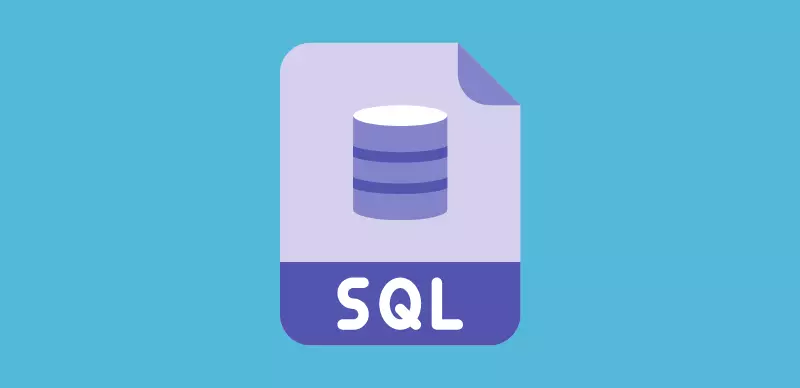SQL (Structured Query Language) was initially developed at IBM by Donald D. Chamberlin and Raymond F. Boyce in the early 1970s. This version, initially called SEQUEL (Structured English Query Language), was designed to manipulate and retrieve data stored in IBM’s original quasi-relational database management system. SQL (Structured Query Language) is a non-procedural language. SQL is used to access and manipulate data in databases. SQL is an ANSI (American National Standards Institute) standard language.
What Is SQL
SQL stands for Structured Query Language, which is a computer language for storing, manipulating, and retrieving data stored in a relational database. It is a language for Relational Database systems. All the Relational Database Management Systems (RDMS) like MySQL, MS Access, Oracle, and SQL Server use SQL as their standard database language. Also, they are using different dialects, such as –
- MS SOL Server using T-SQL,
- Oracle using PL/SQL,
- MS Access version of SQL is called JET SQL (native format) etc
SQL Sub Language
SQL is mainly divided into four sublanguages:
- Data Definition Language(DDL)
- Data Manipulation Language(DML)
- Transaction Control Language(DCL)
- Data Control Language(DCL)
Only for Remember
- You can remember all these commands below: DDI Commands “dr. cat” d-Drop, r-Renamc, e-Create, a-Alter, L-Truncate.
- DML commands “sudi”. s-Select, u-Update, d-Delete, i-Insert
Why need SQL
SQL is so popular for the following advantages:
- To create new databases and tables.
- To insert any records in the database
- To delete records from the database
- To update records in the database
- To retrieve data from the database
Features of SQL
- SQL is not a case-sensitive language.
- Every command in SQL should end with a semicolon(;)
- SQL can also be called a sequel (SEQUEL).
- It is an ANSI (American National Standards Institute) standard language.
Limitation of SQL
- SQL does not support conditional and looping statements.
- When the user performs any wrong transaction, SQL always gives system defined error message.
- It cannot support executing more than one statement at a time, so it increases the network traffic.
- SQL does not support code re-usability; it means you need to write insert, delete, update, and select commands each and every time.
- SQL does not support procedure language features such as code reusability and molecularity and some other features of oops.
To Overcome all these above limitations we use PL/SQL
